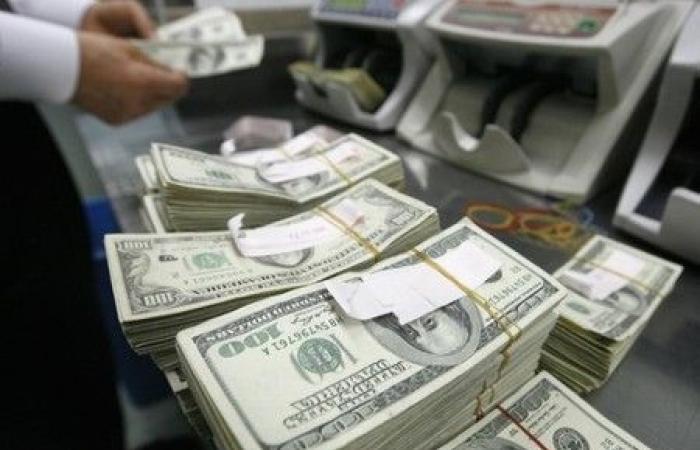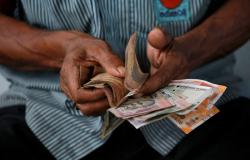The Australian dollar edged closer to 33-year highs against the Japanese yen on Tuesday, as rising bond yields made it an attractive target for carry trades, also fueling further gains in its New Zealand cousin.
The market’s anticipation of stable, if not higher, interest rates at home saw Australian 10-year yields hit a two-month high of 4.508% overnight.
As a result, the Aussie hit its highest level since mid-1991 against the yen, at 107.93, bringing the year’s gains to nearly 12%. The bull’s next target is the 1990 top at 123.70.
The hawkish outlook for domestic rates was underlined by the minutes of the Reserve Bank of Australia’s (RBA) latest policy meeting, which showed there was much discussion about whether policy was tight enough to ensure inflation would slow as desired.
Markets are implying a 32% chance that the RBA will raise the cash rate by 4.35% at its next meeting in August and see little chance of a cut until July next year. “The debate in the minutes illustrates a strong reluctance to hike further given weak output growth, but it also shows that the Board is less comfortable with its current approach given the upside risks to inflation,” said Tapas Strickland, NAB’s head of market economics.
“We see the RBA Board sticking to its strategy of a slower return of inflation to target, in order to maintain gains in the labour market, and we see rates on hold until May 2025.”
In New Zealand, recent economic data has been somewhat weaker than expected, with an economic survey released on Tuesday showing that confidence took a sharp turn for the worse in the second quarter as high rates weighed on demand.
Markets are implying a 60% chance that the Reserve Bank of New Zealand (RBNZ) will ease as early as October and has forecast 124 basis points of cuts by the end of 2025.
This was one of the reasons why the Aussie rose to a seven-week high of NZ$1.0982, approaching its May peak of NZ$1.1030.
The Kiwi dollar also suffered another decline, falling to a six-week low of $0.6051, after breaching its 200-day moving average of $0.6069.
The Aussie fell 0.2% to $0.6642, returning to the middle of the $0.6576/6714 range it has held for the past six weeks or so.






